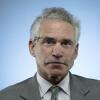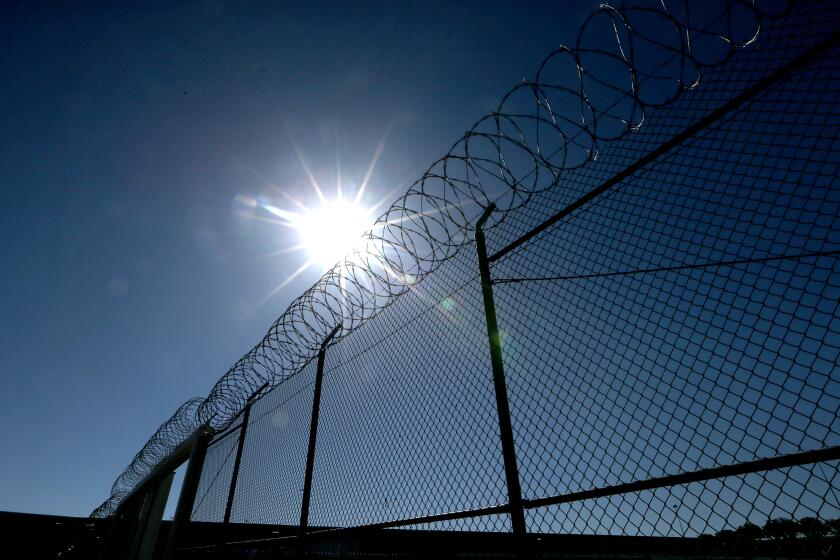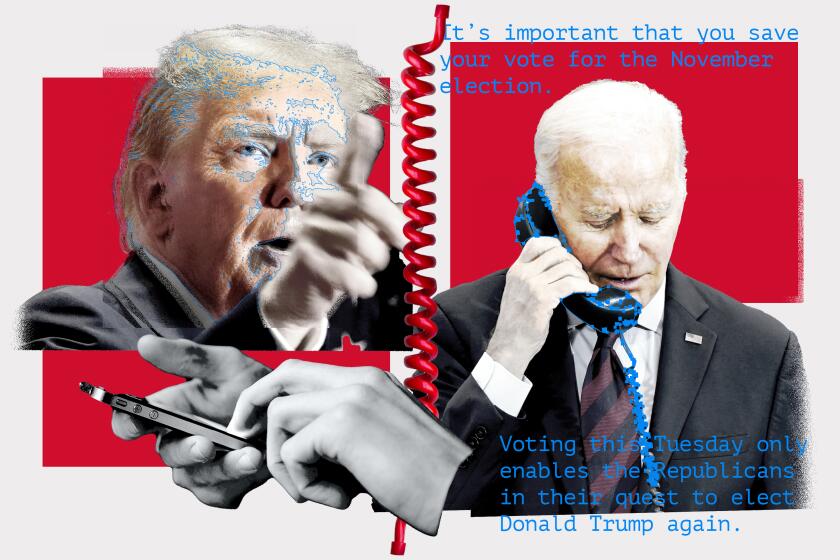Parties put money in statehouse races that could determine congressional districts
Nancy Garland calls herself Ohio’s “listening legislator” and as she knocked on doors in suburban Columbus she got an earful: about water bills, a new bike trail, the cost of police cruisers, construction on busy Hamilton Road.
She listened, nodded, touted her work on a bill to ban texting while driving and made a brief reelection pitch, saying that after one term in the statehouse she was just getting started. “Keep in touch,” the Democrat told a woman last week, after discussing schools for her autistic child. “There’s more we can do.”
The issues may be parochial and Garland’s canvassing may seem far removed from the political struggles of Washington. But her prospecting is part of a much larger battle: a fight between the two major parties over the once-a-decade redrawing of the nation’s congressional boundaries.
The process is arcane and easily overshadowed. Insiders, however, understand the enormous consequences, and that is why both sides are pouring tens of millions of dollars into the fight, channeling huge sums to state parties and lavishly funding legislative candidates in what Tom Hofeller, a Republican consultant, calls “the hidden national elections of 2010.”
“It is not the battle for seats in the House and Senate that will decide which party dominates the nation’s political process,” Hofeller wrote in a strategic analysis for GOP leaders. Rather, it is the fight for 37 governorships and control of 20 or so legislative chambers across the country, including the lower house in Ohio, where Garland serves as part of a thin Democratic majority.
“The outcome of this battle will determine the electoral playing field for the next decade,” Hofeller said, and Democrats readily agree.
Each decade, the 435 House seats are reapportioned to reflect population changes among the 50 states. When the census is complete, the Sunbelt is likely to gain seats at the expense of the Northeast and Midwest, the pattern of the last half century. ( California’s delegation is expected to remain at 53 seats.)
In most states, it is then up to legislators to draw new congressional districts, subject to gubernatorial veto. That explains the political fight outside Columbus — where the two parties plan to spend a combined $1.2 million. It is why spending may exceed $4 million for a state Senate seat in rural upstate New York and $4 million for another on Long Island.
Generally speaking, strategists say, campaign budgets will double in targeted races compared with non-redistricting years.
With the majority party in control, an artful jiggle of a line here or the shift of a few precincts there can mean the difference between a Republican-leaning district and one likely to elect a Democrat; multiplied dozens of times, that can determine who runs the U.S. House.
“Whoever has the pen in hand has the opportunity,” said Thomas M. Reynolds, a former congressman and vice chairman of the Republican State Leadership Committee, or RSLC, which plans to spend more than $40 million to influence redistricting.
New campaign finance laws prevent the parties from accepting big-dollar contributions. So instead, they are leaning heavily on outside groups, directed by some of the parties’ top strategists and funded by wealthy donors, labor unions and corporations.
“It is a gift that will keep on giving,” Ed Gillespie, head of the RSLC, told a Washington gathering of potential donors. He suggested that $1 spent today on drawing a safe congressional seat would save many times the cost of winning a competitive race later. “This is one of the best investments you can make.”
The Democratic Legislative Campaign Committee, or DLCC, has budgeted $20 million for state races while allied groups, the Foundation for the Future and a separate redistricting trust, plan to spend another $20 million on map-drawing and legal expenses.
(In California, a November ballot measure would give the line-drawing powers to an independent commission, as happens in about a dozen states.)
After substantial gains over the last two decades, Democrats control 26 state legislatures while the GOP holds 14. Statehouses in nine states are split, with one chamber controlled by each party. Nebraska has a unicameral legislature.
With political currents running strongly their way, Republicans believe they can pick up 10 legislative chambers and take a majority of governorships, locking in their advantage for years to come. Democrats say they will preserve most of their majorities.
“We had great victories over the past three election cycles and that didn’t happen by accident,” said Michael Sargeant, executive director of the DLCC and head of the Democrats’ redistricting effort. In fact, while the two parties are roughly even in fundraising, Democrats may have the edge in ground-level organizing.
The outcome in just a few states could have great significance. After the 1990 census, Republicans gained more than two dozen House seats because of redrawn districts, helping pave the way for their 1994 Capitol Hill takeover.
This time, by Hofeller’s calculation, the results in November could give one party or the other line-drawing control of more than 150 seats.
Here in Ohio, the two parties are wrestling for control of the state House, which Democrats seized in 2008 after 14 years in the minority. The governor’s seat, held by Democrat Ted Strickland, is also up for grabs; the state Senate is expected to remain Republican.
Garland, former head of the Ohio Physical Therapy Assn., was one of many Democrats swept in by the Obama tide, beating a three-term Republican. She is counting on her visibility — monthly coffees and town hall meetings — as well as work on local issues, such as construction of a new high school, to overcome the dismal political climate.
“I’m not Nancy Garland, Democrat,” she said, piloting her silver SUV past the new school site. “I’m the representative of the 20th District and if you’re a Democrat or a Republican, I’m going to help you.”
She was buoyant and ready with a big smile as she strolled past flagpoles and tall maples, working off a computer-generated target list. “Go eat, then vote for me,” she told a grouchy man, shooing him back to his supper.
The economy is a huge anchor on Garland’s efforts. Ohio has 10.3% unemployment and the central part of the state seems to be struggling especially hard. While modest job growth is expected elsewhere in the state, a recent survey of area employers found that more companies plan to trim payrolls than add workers in the next quarter.
Garland’s GOP opponent, Matt Carle, is eager to pin the blame on Democrats. After controlling the governorship, the state House, Congress and the White House, “they ought to be able to hang their hats on some tangible achievements,” he said.
The race is close, both sides agree, and likely to remain so. All the spending means an unprecedented flood of radio and TV ads, mailers, phone calls, pollsters asking questions and canvassers appearing on doorsteps.
Not that voters share the same concern as Washington strategists.
After knocking on thousands of doors, Carle said with a laugh, “I can tell you with absolute certainty I have never once had anyone bring up reapportionment or redistricting.”
mark.barabak@latimes.com
tom.hamburger@latimes.com
More to Read
Get the L.A. Times Politics newsletter
Deeply reported insights into legislation, politics and policy from Sacramento, Washington and beyond. In your inbox three times per week.
You may occasionally receive promotional content from the Los Angeles Times.







